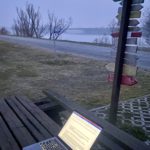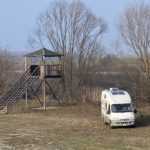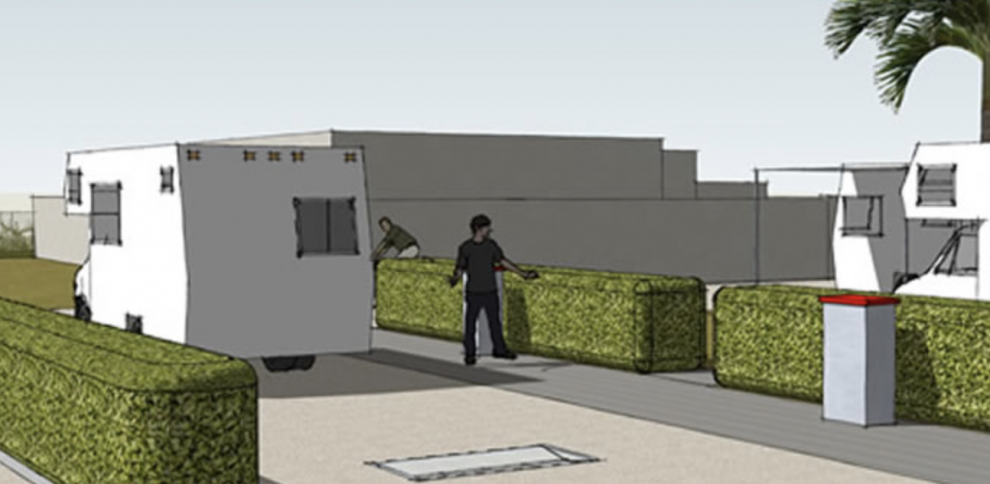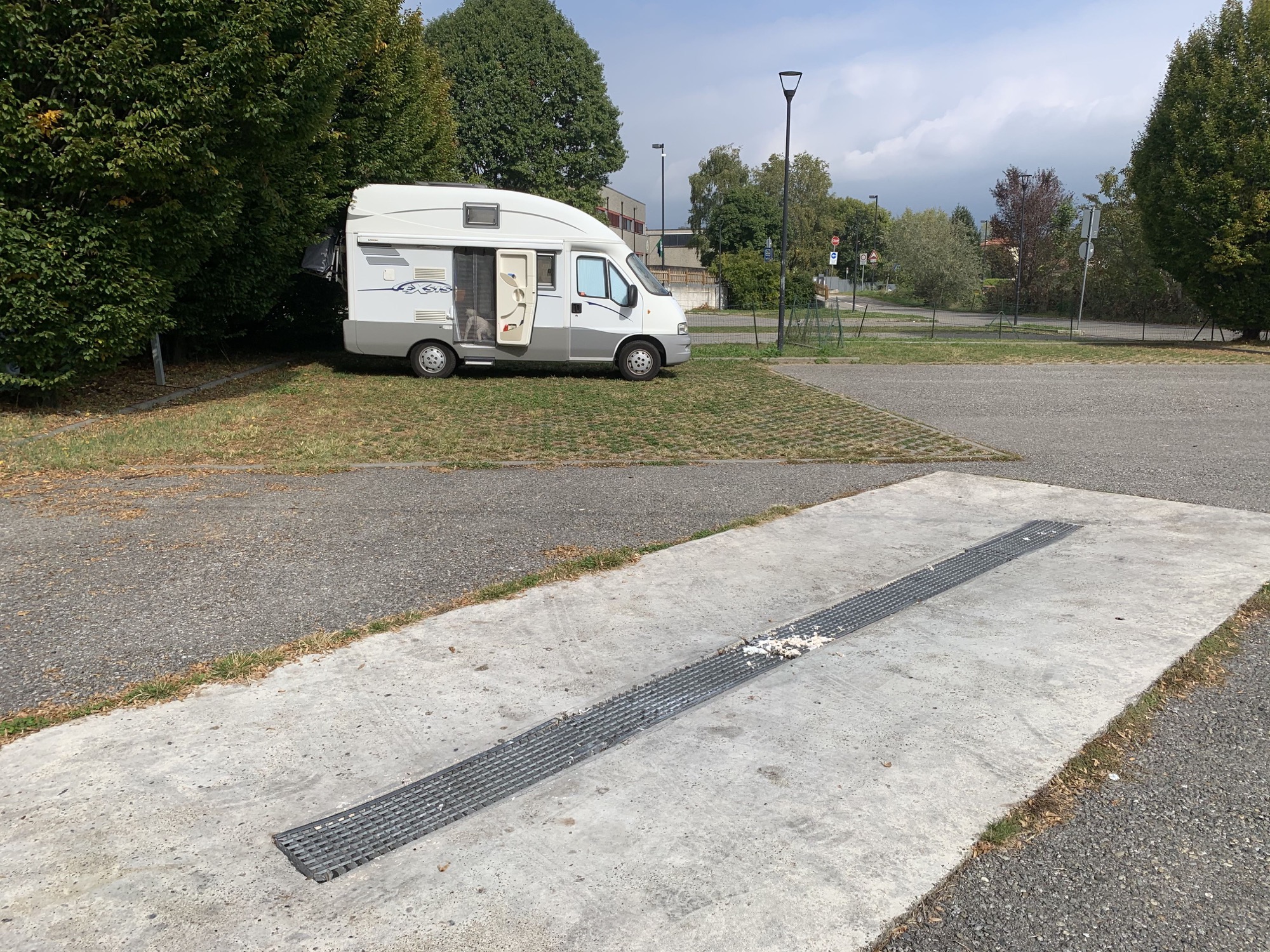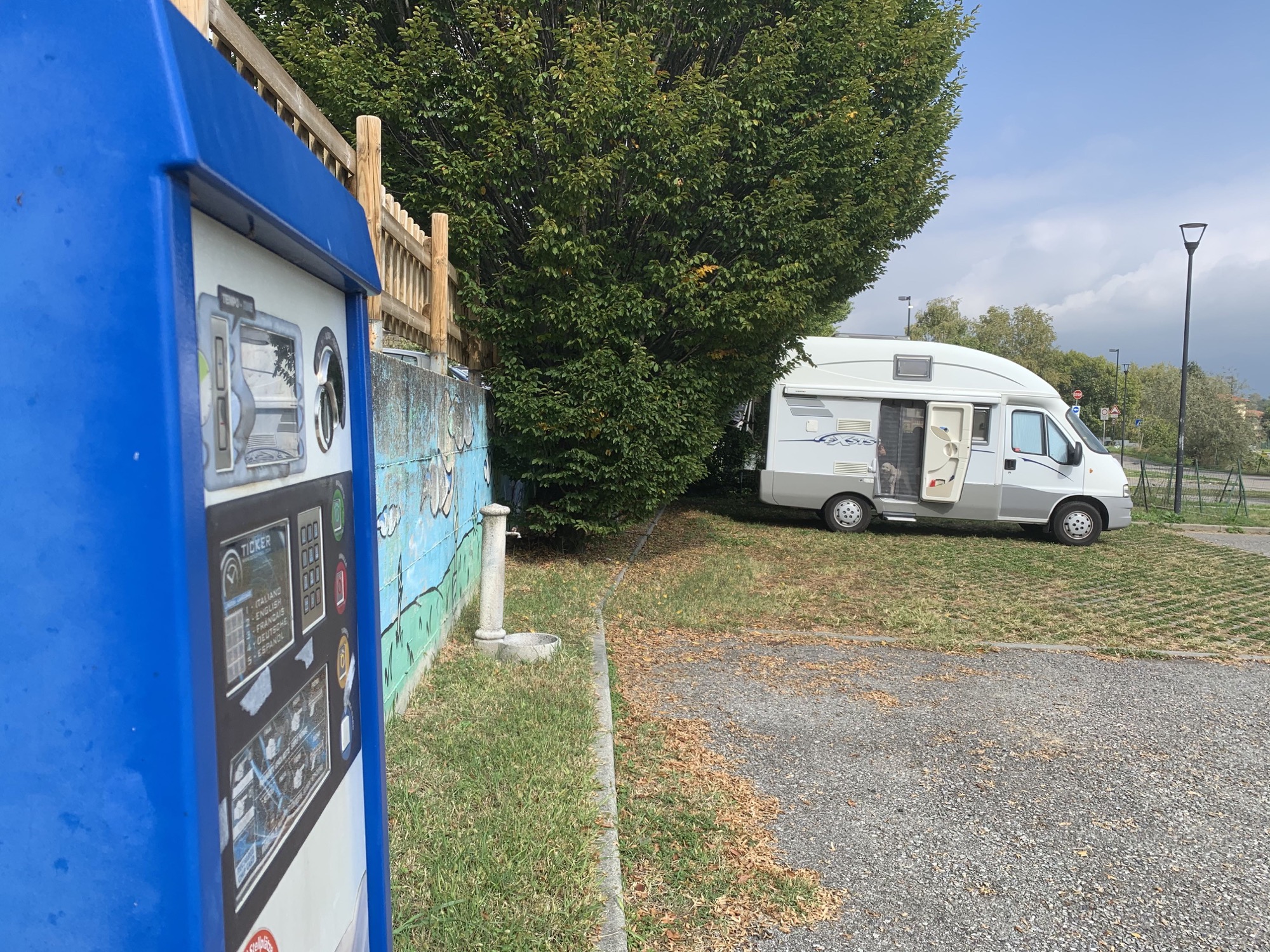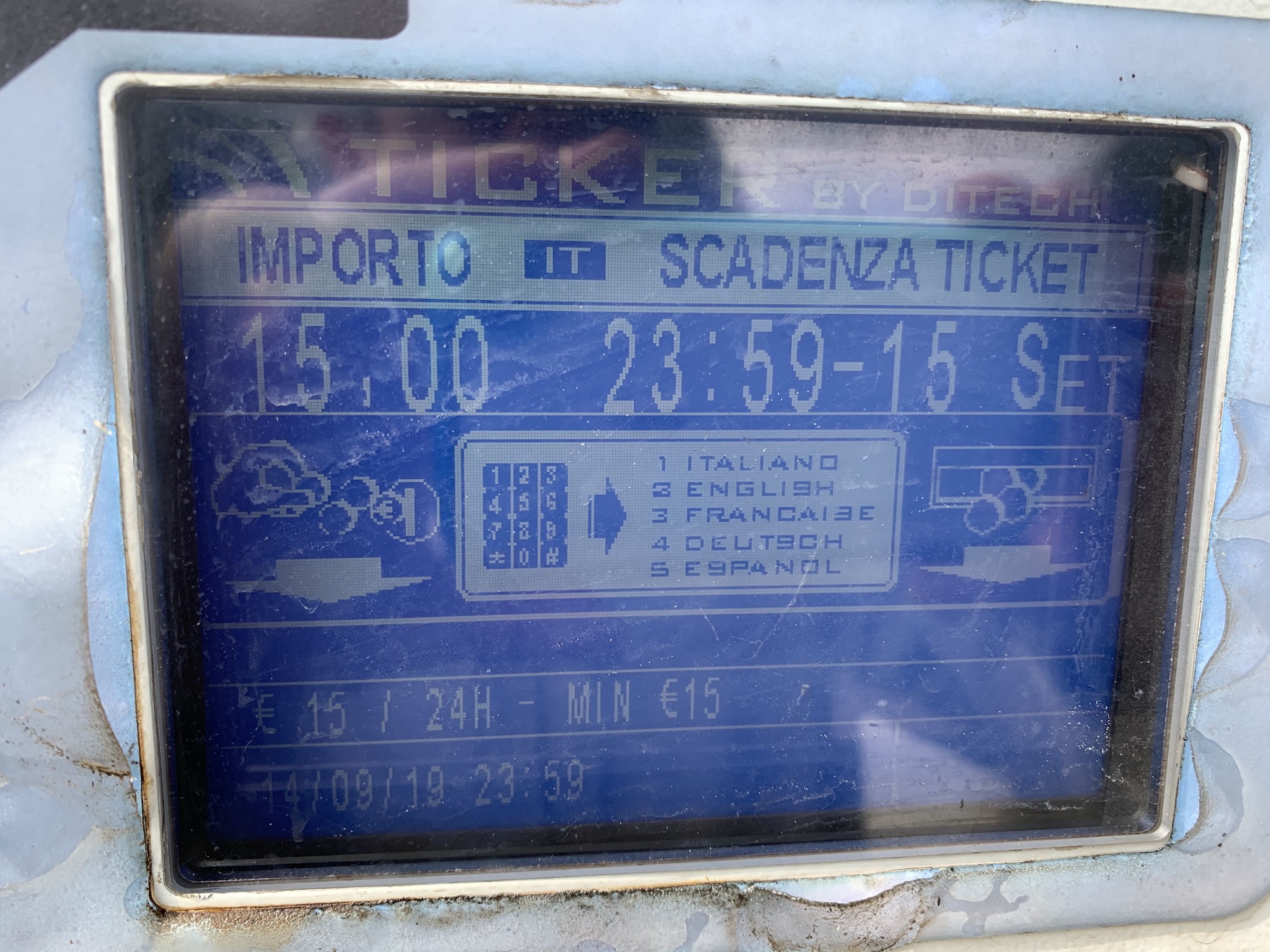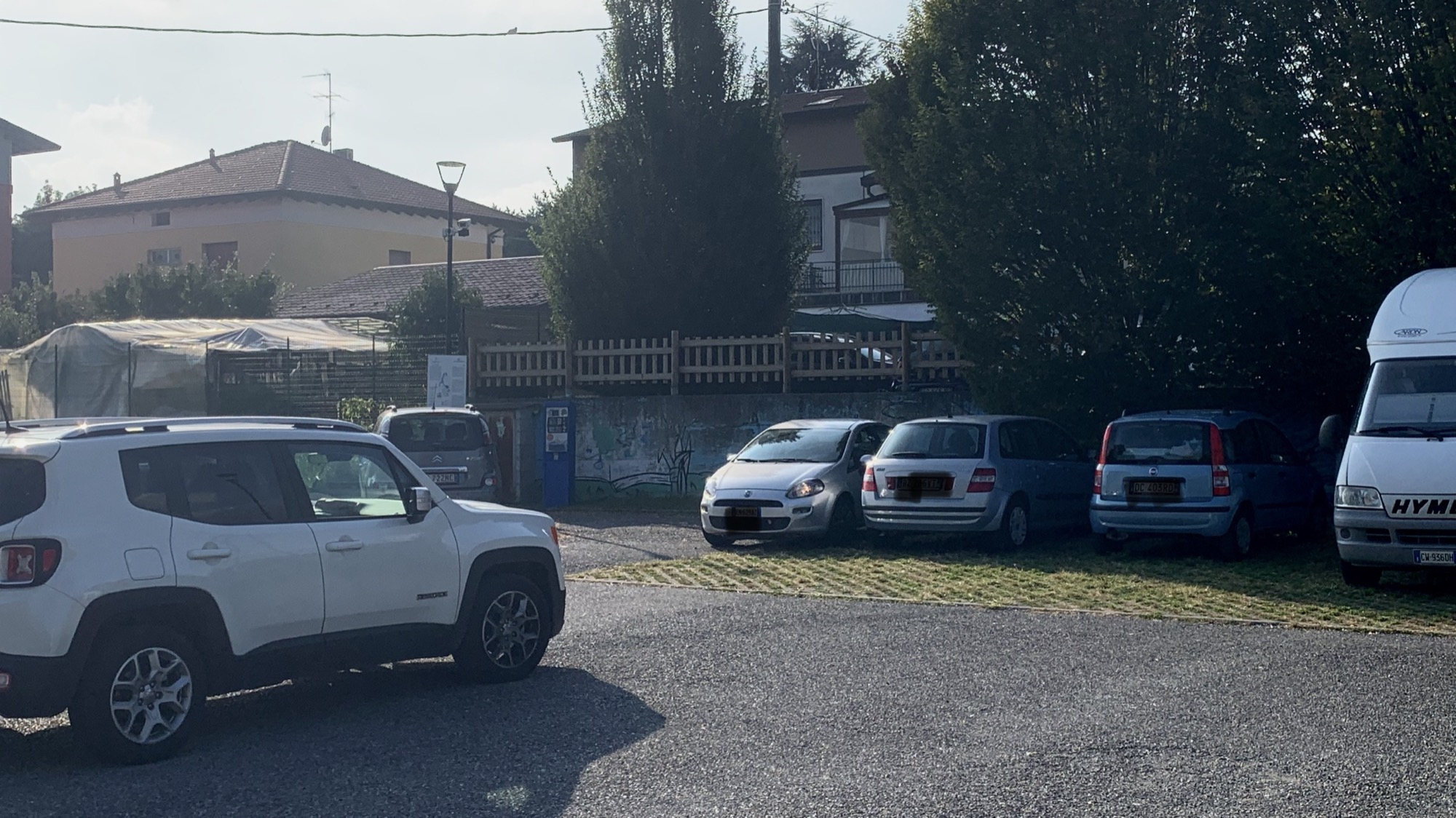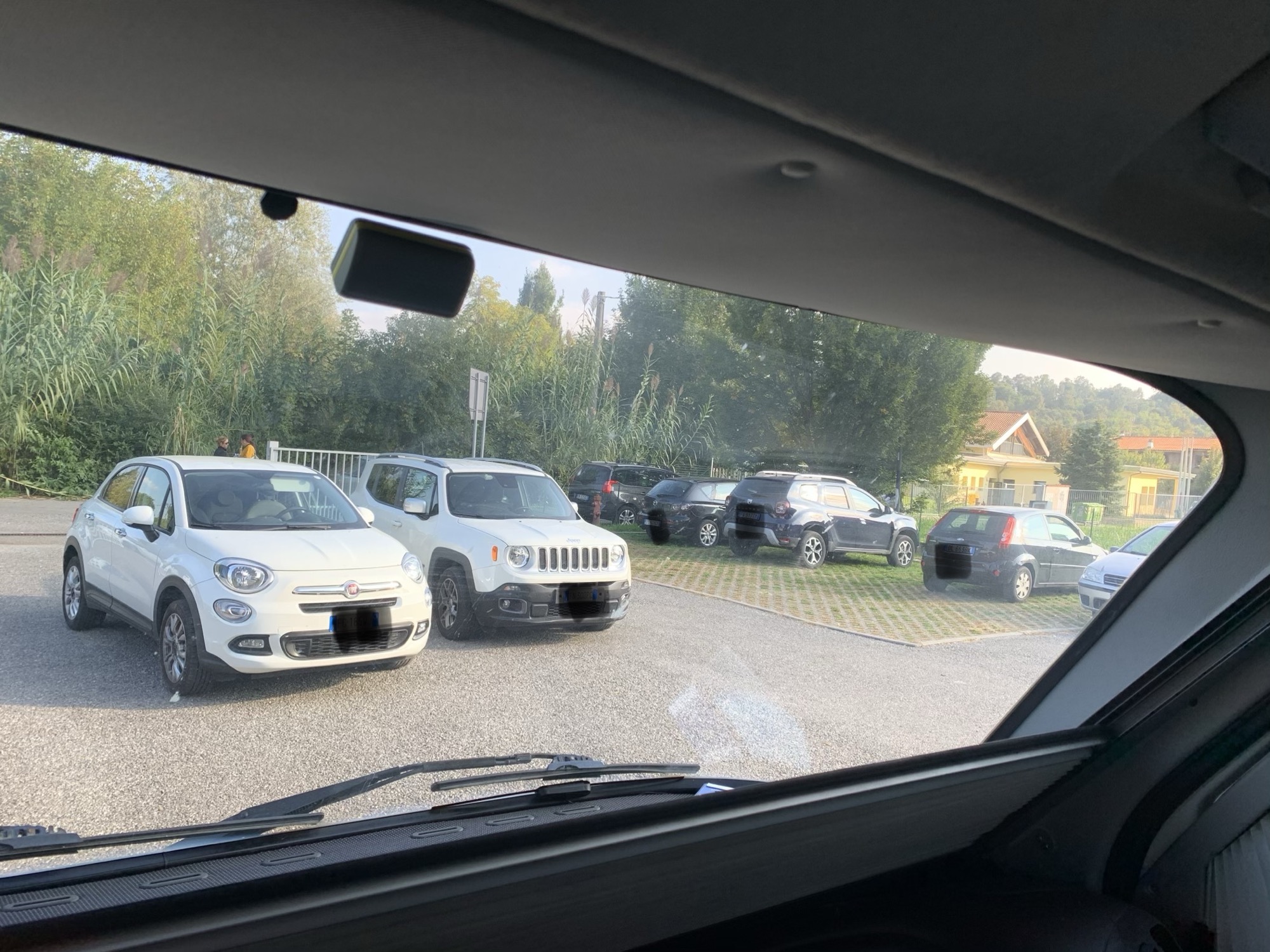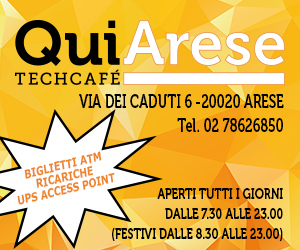October 9, 2019 – Today we want to reflect on the rest areas, which we now look at with greater attention than in the past: they are our oases for loading and unloading water, our landing place to recharge the batteries when we need them, our safe haven (albeit with some doubts) when we are in unknown areas. We have not visited many of them to date, but even with small numbers we have found ourselves faced with very varied cases. And we got our own idea of what they should offer and how much they should cost to be a truly useful service for the traveling tourist.
Let’s start with a brief summary. In our daily wanderings we have often moved to the border between Lombardy and Piedmont, in the area of the Maggiore and Orta Lakes (with a few episodes on Como Lake), while for the summer holidays we tasted a slice of Friuli-Venezia Giulia (you can read our experience here) before going to Austria. Between free stops, campsites and rest areas, the latter will have been about 10 (some used several times) between free and paid. They range, for example, from the free area of Madonna del Sasso to the paid area (25 euros per day) of Colico. In between, a bit of everything.
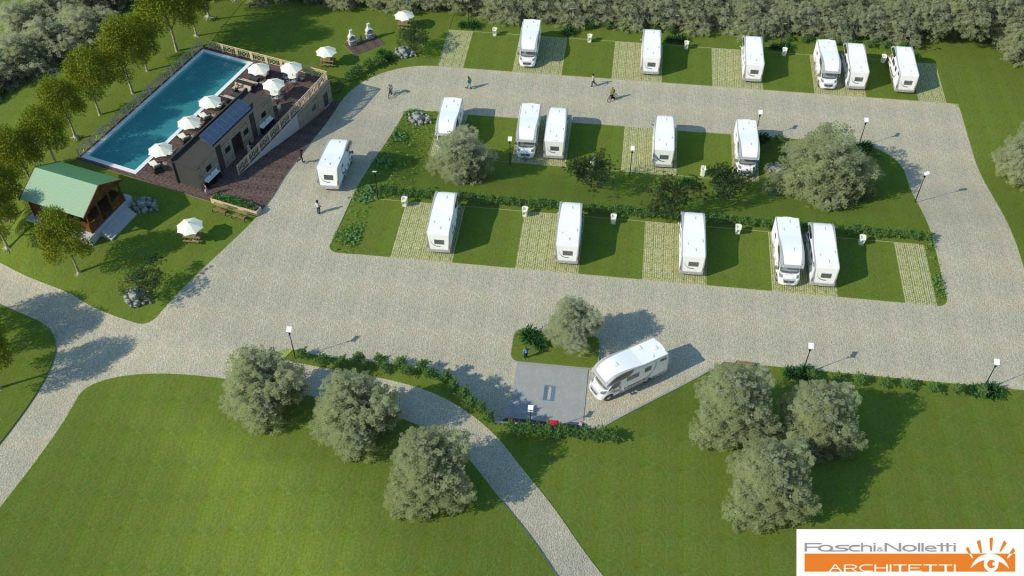
Here we enter into subjectivity, with our personal opinions. Don’t take them at face value: maybe give us your idea, but without sterile controversy… A basic rest area, in our opinion, should be an area reserved for motorhomes with the possibility of loading and unloading. A place of this type should be free, in areas with less tourist turnout, or paid for where the demand is higher: €5 if the area is open, without entry and exit controls, or €10 if protected by automatic bars.
One step above should be the areas with the electricity supply. They could be of two types: with energy only on demand or with energy for all. The former could have a rate similar to the basic ones requiring €3 for electricity, the latter a fixed price of €10.
If the availability of a bathroom (a true one, not a chemical toilet) were added to the electricity and loading and unloading, the rates could reach €15, but the area should always be closed and controlled. Finally, the availability of (hot) showers could bring the rate to €20. Above this figure, in our opinion, it makes no sense to go: you enter the domain of campsites and there is no longer talk of a temporary landing as a rest area should be.
Then there would be the general rules that administrations and private individuals should follow in order to offer a good service. The loading and unloading area, for example, should be in a somewhat isolated point, ideally separated by a hedge. The drainage pit for gray water should have a central drain and instead of the narrow-meshed grate there should be the so-called “driveway grate”, as well as being equipped (unfortunately not a foregone conclusion) with an automatic and/or manual washing system.
For the cassette toilet, on the other hand, the ideal is to have a dedicated drain, usually positioned on the column. Taps for cleaning the cistern and for loading fresh water should be separated and possibly far from each other, for reasons of hygiene. For the payment, if automated, it is necessary that the parking meters accept coins, banknotes and debit or credit cards. It goes without saying that all of this is very difficult to find. Often, we are faced with desolate or badly maintained areas and with incongruous economic demands.
We would have several to tell, but we will only give you the (negative) example of the one where we are today, in Sartirana, municipality of Merate, province of Lecco. We are in an area that is not touristic at all, even though it is close to a naturalistic area around a pond. The motorhome area was presumably built thanks to the contributions of the Region and with little interest in the real needs of the passing tourist.
It is a series of pitches, delimited by a net but with access open to anyone, grouped around the unloading area. This is made with a long, narrow mesh grid (with the result that rude campers spill the black water leaving the toilet paper residues exposed) and without a washing system. There is no tap that allows you to rinse the box, but there are two fountains a few meters away which are therefore also used for this. There are columns for electricity freely accessible: they are in poor condition of maintenance, but working. During the exit times from the nearby schools (three times a day), the wild parking of motorists takes place, which in theory could not even get this far, as there is a ban on all vehicles just at the end of the lessons.
The electronic parking meter, well made and with multilingual indications, shows the date of September 15th (today is October 9th) and does not work: if any button is pressed nothing happens. If it worked, it would take 15 euros a day, to be paid exclusively with coins. We reported the situation to a Local Police agent who just sighed and told us that it is always broken: she will point out the situation and told us not to worry about the payment.
But where there is a parking meter that accepts cash, shouldn’t there be an employee who every few days, or maybe even every day, goes to empty the drawer? They would immediately notice that the device is not working… And what should we pay for anyway? Next to it is a normal car park with the same characteristics as the rest area and always empty. If you don’t need electricity, why should you pay €15?
This is a fairly typical example of how administrations manage the reception of itinerant tourism. We know that in other areas of Italy things are better (and also that in some parts they are even worse), but we believe that it would take very little to find sensible solutions that can stimulate the best side of fellow campersinstead of tickling the worst instincts of uneducated people.
©2021 seimetri.it – If you want to leave a comment on this article, you can do it on our Facebook page





